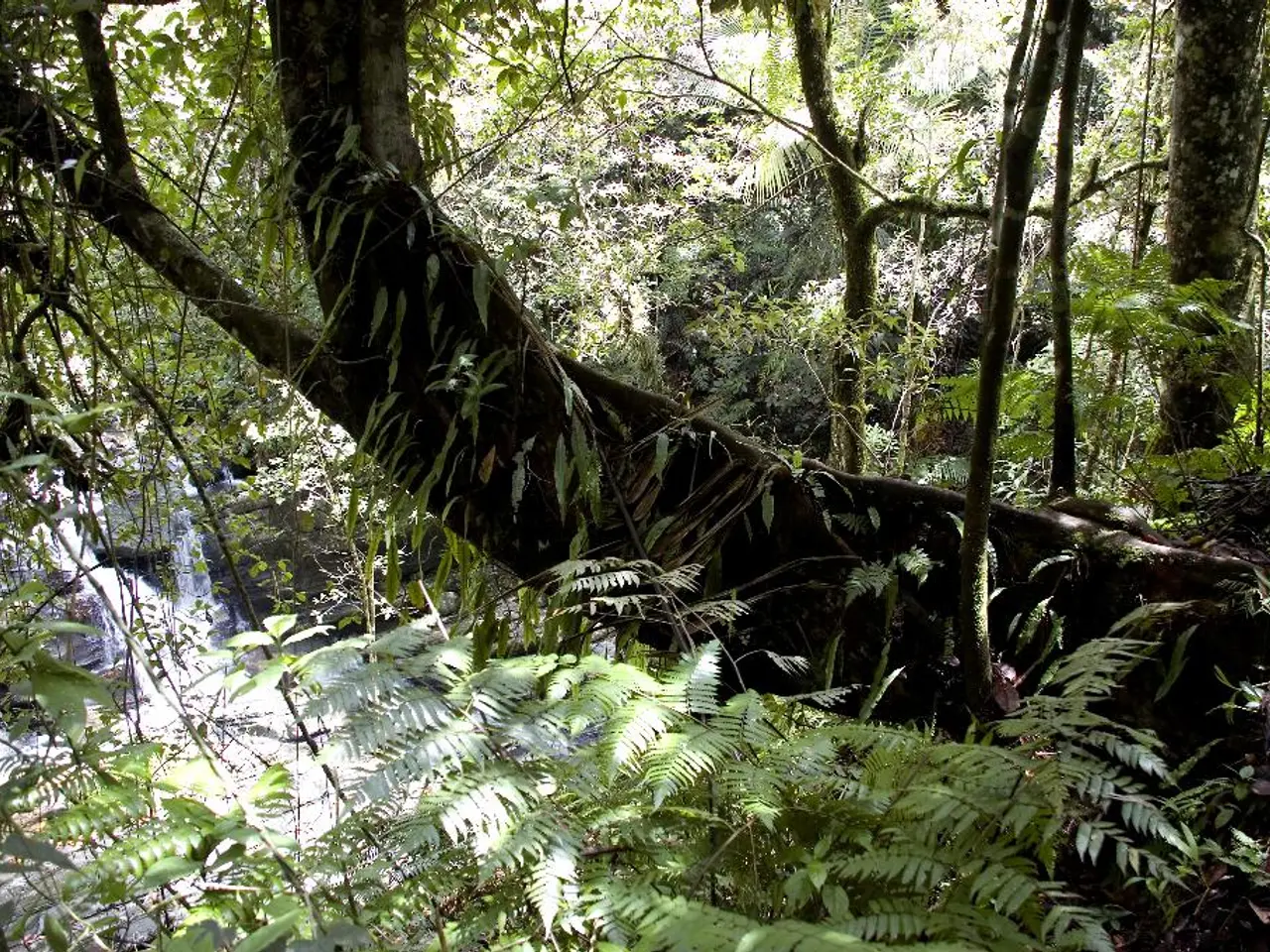Eco-friendly irrigation: Schlosspark Rumpenheim is adapting to climate change
Offenbach, a city in Germany, has announced plans to future-proof Rumpenheim Castle Park with a sustainable irrigation system. The city council has approved the project, and the city councilors will give their final approval at their meeting on January 30.
The system, designed to preserve natural resources while maintaining the park's greenery and historic landscape, will feature a cistern, a well, and a network of pipes to transport water efficiently.
The Cistern
The cistern, at the heart of the new system, is an underground tank that will collect rainwater from surrounding roofs, including those of the castle church, mausoleum, volunteer fire department, and the "Yellow House." The cistern, with a capacity of 60 cubic meters, will store water for later use during dry periods.
The cistern is equipped with initial filters to remove debris before water enters, ensuring cleaner water for irrigation. This stored rainwater will reduce reliance on municipal water supplies and groundwater.
The Well
For supplementary water, a groundwater well is planned to fill the cistern as needed. The well water will be regularly tested to ensure it is suitable for irrigation without harming plants or the soil.
Funding
The project is funded with 267,000 euros from the federal program "Adaptation of Urban Spaces to Climate Change." The total costs of the sustainable irrigation system project for Rumpenheim Castle Park are 800,000 euros.
The city promises to regularly inform residents about the progress of the construction work. Funding may also come from local government environmental or cultural heritage programs, European Union environmental or regional development funds, local businesses, ecological foundations, and municipal resources.
A Model for Sustainable Urban Development
Stadtrat Weiß, a city official, stated that the project is a milestone for the preservation of the castle park and a model for sustainable urban development. To revitalize the park, the city is planting around 100 new heat and drought-resistant trees. These young trees require intensive irrigation for the first five years to establish themselves.
The planned system aims to protect the historic park from the long-term effects of climate change while conserving resources. Construction work on the sustainable irrigation system is scheduled to begin in the summer of 2025.
This detailed overview provides an insight into the sustainable irrigation system for Rumpenheim Castle Park. If you need specific technical details or contacts for the project, feel free to ask!
- The cistern, part of the sustainable irrigation system, is designed to collect rainwater from buildings such as the castle church, mausoleum, and "Yellow House", and store it for later use during dry periods, contributing to reduced reliance on municipal water supplies and groundwater.
- The well, another aspect of the system, will provide supplementary water, with the water quality regularly tested to ensure its suitability for irrigation.
- The system, funded through the federal program "Adaptation of Urban Spaces to Climate Change" and other potential sources like local government environmental programs, European Union funds, local businesses, and ecological foundations, is expected to be a model for sustainable urban development, with the city committing to inform residents about its progress.




